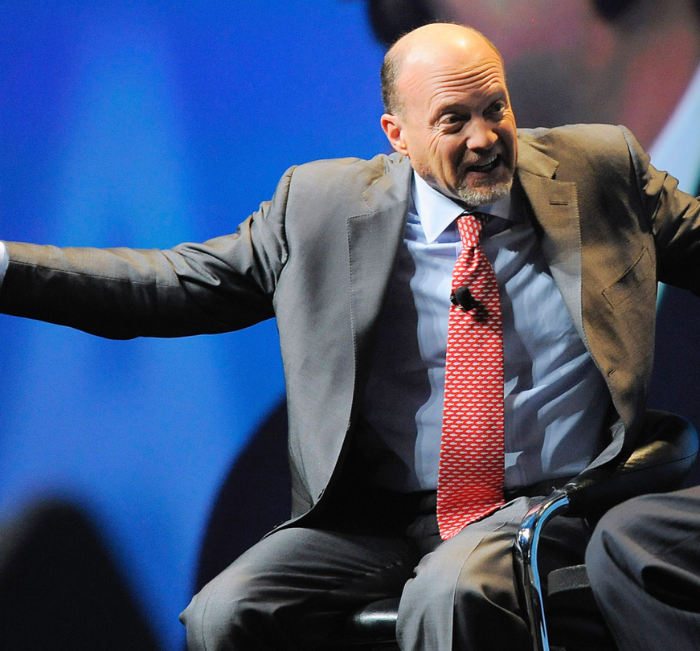Today’s issue is about the world of war memorabilia 😄
In all seriousness, we all know war is morbid. It’s ugly, it’s often unnecessary, and it leads to death. But throughout human history, it’s been a part of life.
As tragic and needless as war can be, we have an innate curiosity about periods of conflict. They open our eyes to the world, and are a great way to understand the chain of events that led to our current lives, languages, and lifestyles.
War memorabilia is an interesting way to own, respect, and recognize significant pieces of human history. It takes a special kind of collector to get into the game, and there are some wild stories in this issue.
Let’s go 👇
Table of Contents
How many wars have humans fought?
Without war, history books would be half-full.
Throughout history there have been 137 wars and 10,624 battles. Here’s an animated timelapse of every single one, with a victory tally (France wins, thanks in large part to Napoleon)
The first conflicts were waged over resources and land 10,000 years ago. These prehistoric city-states fought against each other in present-day Syria, Jordan, and Iraq. But since these events predate writing, we don’t really know much about them.
The first recorded war went down in Mesopotamia in 2700 BCE, between Sumer and Elam. Sumer won.

The most violent time in our history was during the Middle Ages and the Roman Empire (except for the brief early period of peace from 27 BCE to 180 CE known as Pax Romana.) But globally, the total number of war deaths has been declining since 1946.
Since WW2, there have been no world wars or major conflicts between major world powers (the exception since WW2 was the Korean War) and there have been no internationally recognized states that have gone out of existence through conquest.

Categories of militaria
War memorabilia is more commonly known by the term militaria. It includes anything used in battle, including weapons, medals, insignias, and uniforms.
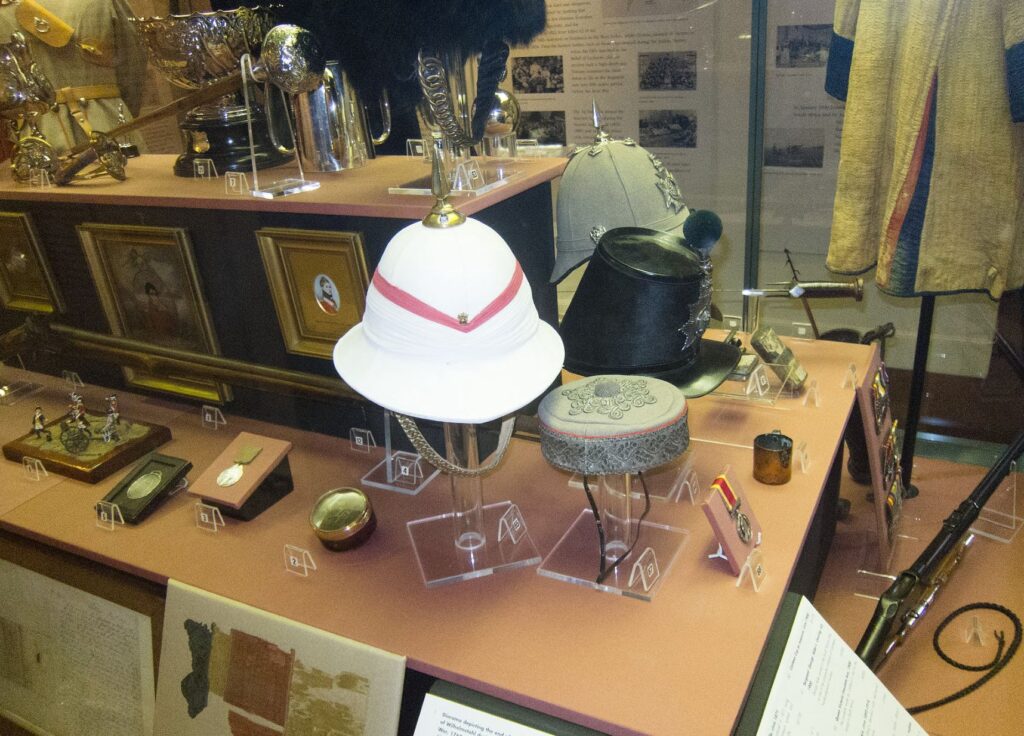
There are two main categories of militaria: Pre-WW1 and Post-WW1. The reason for this is the sheer volume of 20th-century war memorabilia compared to previous conflicts.
Part of this is simply that war materials get lost over time. But another factor is that before the industrial revolution, there were fewer war materials to begin with.
Mass-production of weapons and goods has provided an abundance of memorabilia for collectors to trawl through. Post-WW1 memorabilia is much easier to find than say, the War of Roses (which was the inspiration for Game of Thrones.)
Post-WW1 Memorabilia
Even though a century has passed, there’s a well of pristine-condition artifacts held by collectors, on display in museums, or maybe sitting untouched in your neighbor’s attic.
Service medals are often considered a fantastic starting point for beginners looking to build their collection of war memorabilia. They’re in high supply (115,000 were distributed to British soldiers in WW1 alone) and are backed by an official grading service. Go into any pawn shop and you’re bound to see a few. They can also be easily sourced online.

What’s interesting about war medals is that their value isn’t derived from the medal itself, but rather from the story behind it. And there are some compelling stories to be told.
Victoria Cross
The creme-de-la-creme of military medals is the Victoria Cross. This is the highest and most prestigious award that can be awarded to Commonwealth forces. Only 1,357 have ever been awarded.

In the 90s, a Cross fetched about £130,000. Nowadays, prices reach half a million pounds or more.
Gallipoli and the ANZACs
Those who have been to Australia or New Zealand will have heard the tale of the ANZACs. It is the defining moment in Oceanian war history and has shaped the culture of all nations involved.
Captain Alfred Shout was a member of the ANZAC troops that landed on Gallipoli. He was awarded the Victoria Cross posthumously after single-handedly inspiring his troops to reclaim trenches from the Turkish opposition. On his final charge, he was laughing and cheering on his allies while succumbing to injuries from a shell blast while protecting his squadron.

His incredible story was not lost on investors, and in 2006 his Victoria Cross was sold at auction for AUD $1 million. The anonymous buyer gifted the medal to the Australian War Memorial.
Shout’s medal isn’t even the most expensive Victoria Cross ever sold. Captain Noel Godfrey Chavasse, a member of the British Army, was the only man to receive two Victoria Crosses for his efforts during World War 1.
His first was awarded for saving the lives of 20 combatants in France and then again treating and saving the lives of many more while wounded a year later. In 2009, his Victoria Cross sold for $1.5 million to Lord Ashcroft.

Japanese blades
Weapons from the World Wars are very popular collectibles, and the two most popular pieces are guns and blades.
Blades can be particularly profitable — appreciating 20% per year. The most well-known swords are those used by the Japanese army in WWII.

The Japanese military made it compulsory for all officers to carry a sword, even in battles involving gunfire. However, manufacturing could not keep up with the demand, so the quality of these swords varies wildly.
The most valuable Japanese swords were made from tamahagane, a traditional metal still used today to make deluxe kitchen knives.
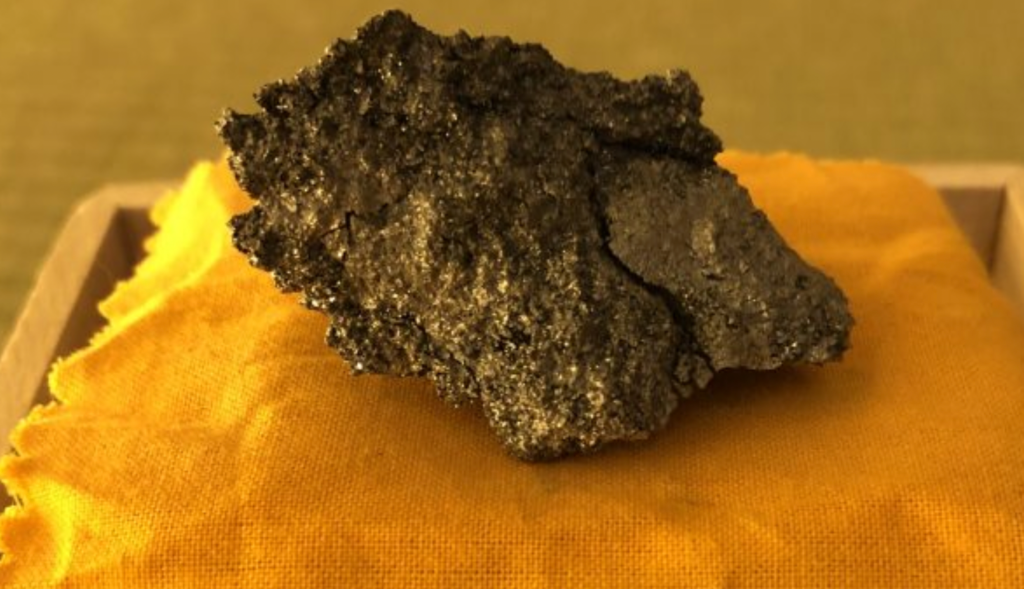
The antique blades adopted by the military were referred to as Gunto (meaning “saber” or “service sword”) and were widely available. Some were made by hand, but most were assembled in factories from standard bar stock.

Gunto swords in good condition can easily set investors back over $1,000. Handmade swords by renowned manufacturers such as Yasukuni can be worth more than $4,000.

Quentin Tarantino fans know all about the legendary sword-maker from Kill Bill, Hattori Hanzo. While the movie is fictional, the story of Hanzo is based in reality. Interestingly, Hanzo wasn’t actually a sword-maker at all — he was actually a samurai that led Japan to victories in the 16th century.
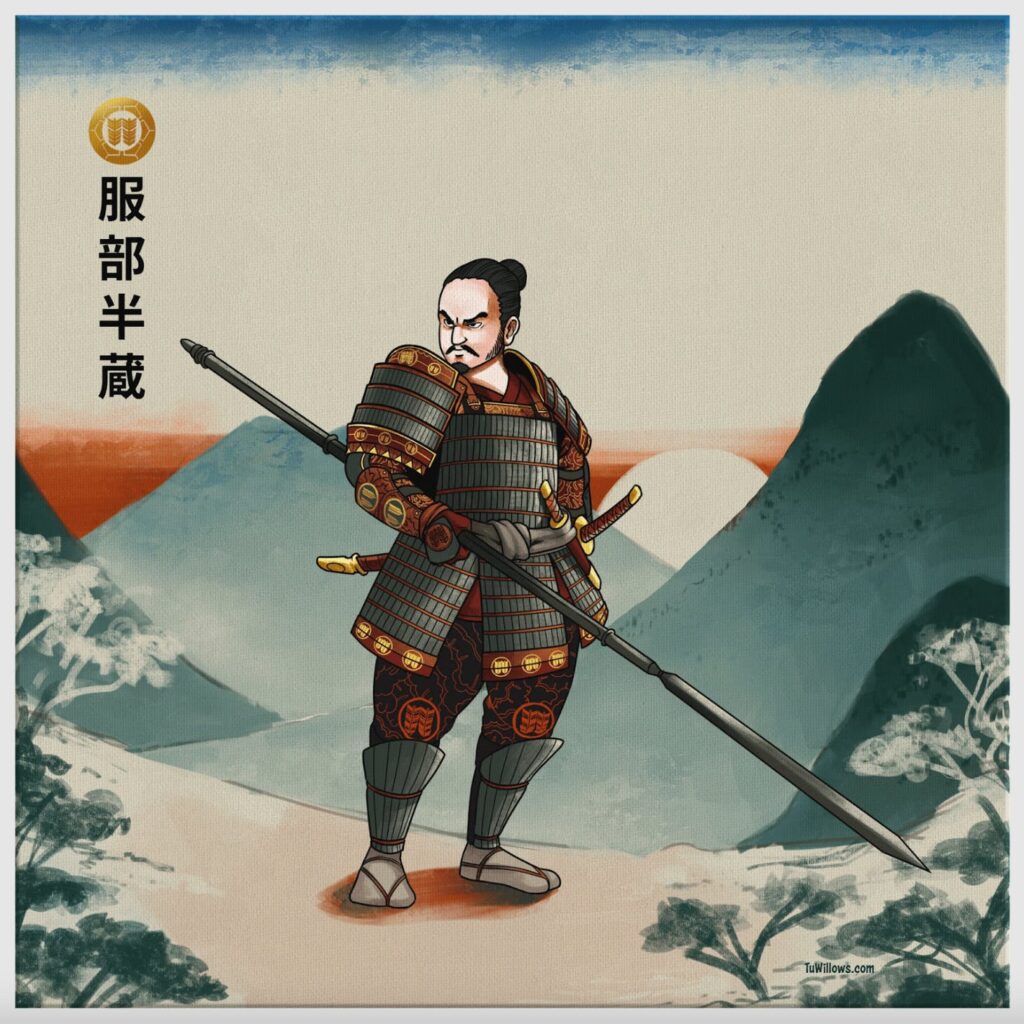
Nazi militaria
Disclaimer: Nazi paraphernalia signifies a very dark time in human history. For educational and historical purposes, such militaria shouldn’t be completely buried and erased, but it is considered controversial to own and profit from. eBay and many other marketplaces have banned the sale of Nazi artifacts. We are including this section for informative purposes, and are in no way promoting profiting off Nazi paraphernalia.
Fans of It’s Always Sunny In Philadelphia may remember the episode “The Gang Finds a Dead Guy,” when they discover an old box full of Nazi memorabilia, including a painting by Adolf Hitler, and a full SS uniform.
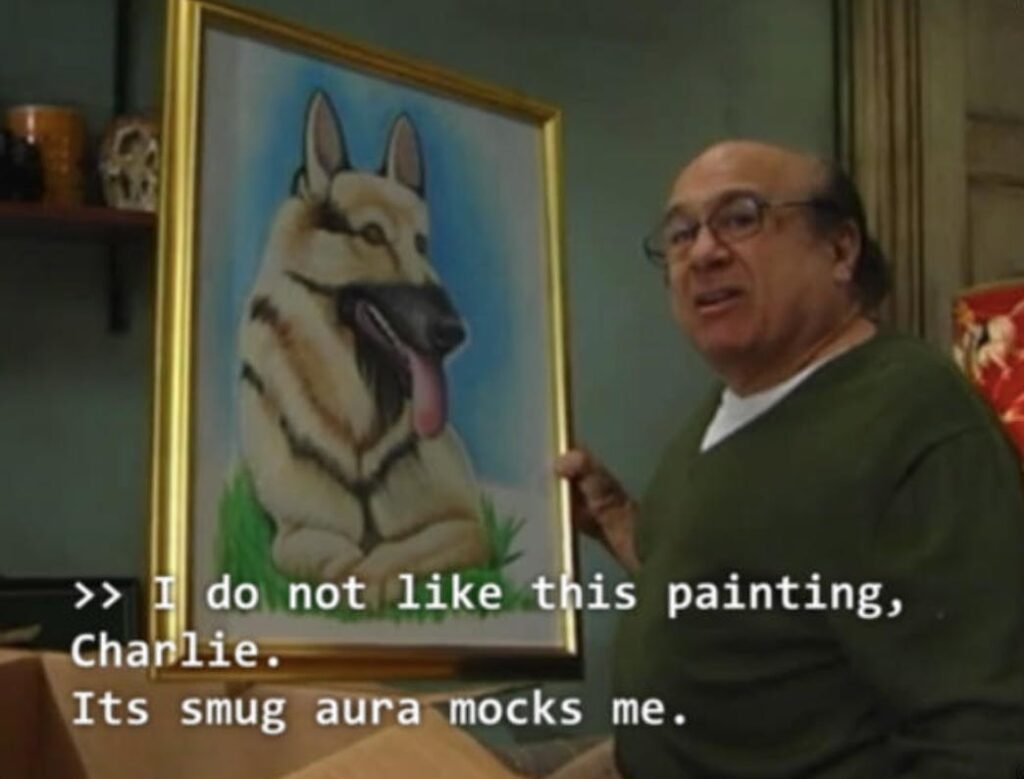
But despite a disturbingly active market for Nazi artifacts, it’s nearly impossible to find a German Special Services uniform in its entirety.
Helmets are probably the most sought-after piece of equipment and sell for up to about $15,000.
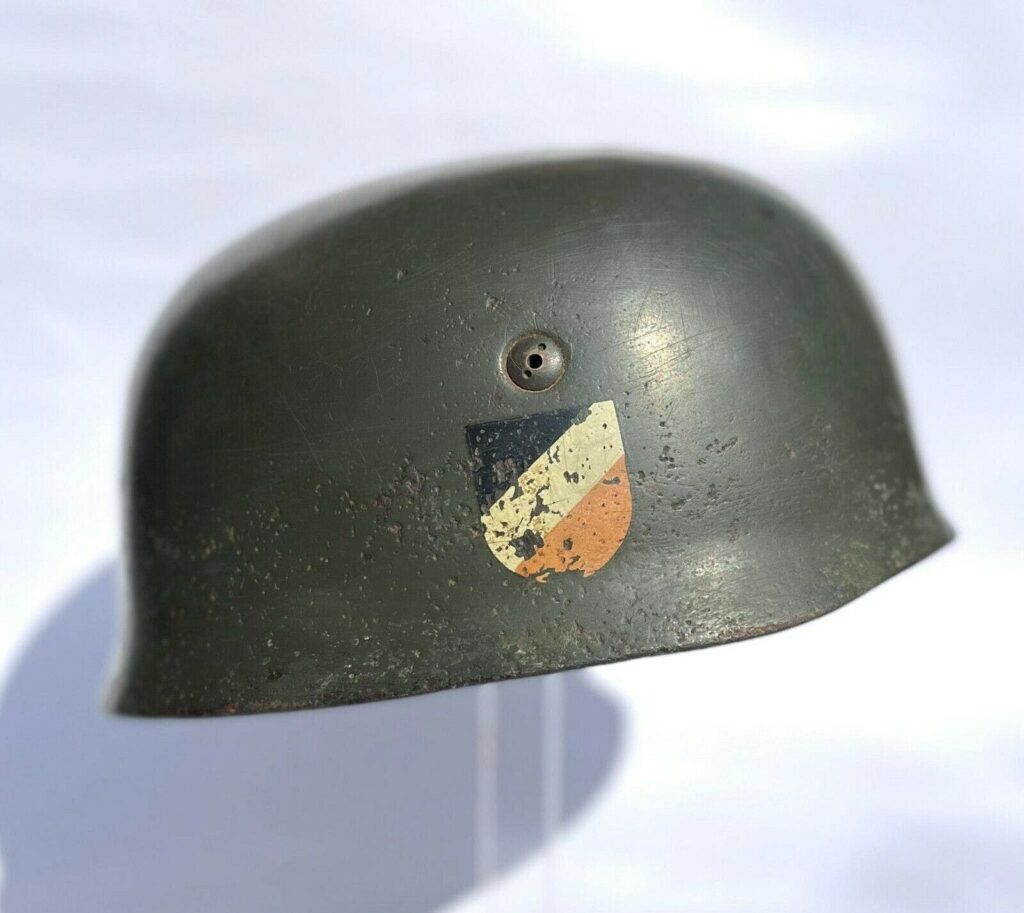
But the most expensive Nazi militaria isn’t a gun, a medal, or a uniform… It’s Hitler’s Mercedes Benz. The model, a 1939 Grosser Offener Tourenwagen was initially seized by the US Army following the fall of Berlin. It has changed hands numerous times, and has a wild provenance, including a tobacco tycoon who bought it for approximately $1,800 worth of tobacco.
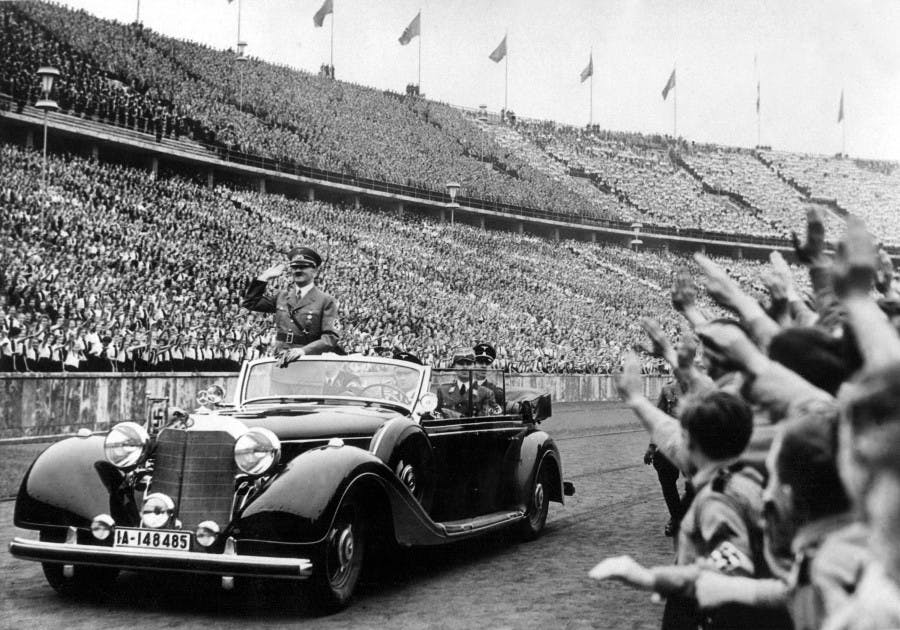
In 2017, the vehicle was auctioned off by its Russian billionaire owner. A $7m bid was made, however, it was under the seller’s asking price — which is too bad because 10% of the sale was to be donated to the Simon Wiesenthal Center. (Simon Wiesenthal was the most famous Nazi hunter of all time, and was the inspiration for the Tarantino film, Inglourious Basterds)
Pre-WWI Memorabilia
Acquiring militaria from before the 20th century can be a real struggle. But if you’re lucky enough to find some, it can be worth a lot. Let’s look at some of the most prestigious war memorabilia of all time.
Antique firearms
There is a huge market out there for antique firearms. One of the most popular antique weapons you’ll come across are muskets, which weren’t particularly valuable when they rose to prominence.
The average musket cost about 3 pounds and 15 shillings, or approximately $552 adjusted for inflation, or about one month’s salary in the 1700s. Today, they’re far more expensive. Even unremarkable muskets in decent condition are usually worth at least a few thousand bucks.
Brown Bess Muskets are some of the most sought-after investments for gun collectors, given their huge role in the American battle for independence in the 1700s and the Napoleonic Wars.
Its efficiency as a firearm meant it was the army’s first-choice weapon for over 100 years, between 1722 and 1838.
Today, they’re rarely found for less than $10,000 and can reach as high as $40,000.

When discussing antique firearms, it’s hard to look past Beretta. Famous especially for their ultra-high quality shotguns, Beretta is generally regarded as the oldest gun manufacturer in the world. Created in 1526, the Italian gun-makers have created weapons for every significant European war since the mid-1600s.
The price of Beretta’s weapons matches their prestige. Getting your hands on a Beretta Imperiale Montecarlo — a 12-gauge, surprisingly light shotgun, sets you back over $100,000.
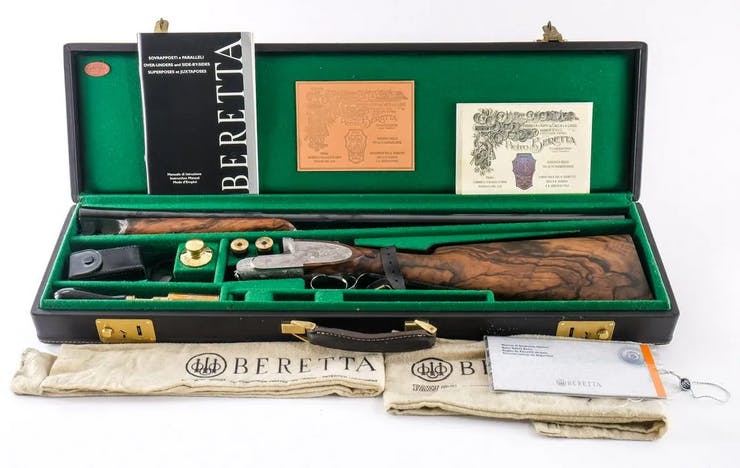
Washington’s fight for independence
The most expensive antique guns in existence came from the American Revolution. They belonged to none other than the first president of the United States, George Washington.
These dual saddle pistols were originally gifted to Washington by his French ally, Marquis de Lafayette, who played a significant role in America’s independence himself. Washington was rarely seen without these guns by his side.
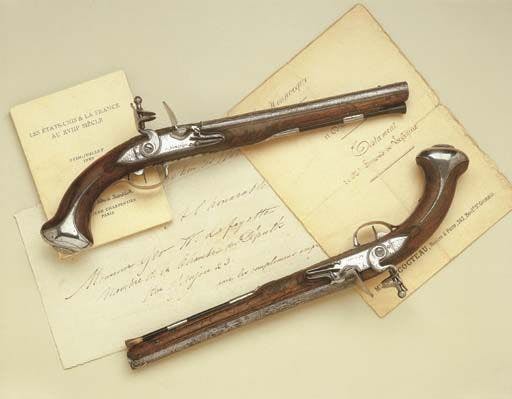
After Washington’s death, they ended up in the hands of America’s 7th president, Andrew Jackson, before finding their way to a Christie’s auction in 2002. They ended up selling for $1.9m. It’s hard to imagine how much these weapons would be worth today, but it would likely be around ~$5 million.
On the topic of the American Revolution, we’d be remiss not to mention the weapon used by Aaron Burr to kill Alexander Hamilton. Interestingly, the gun wasn’t actually owned by Burr — it was the property of John B. Church, Burr’s brother-in-law (who didn’t have any songs in the Broadway musical.)
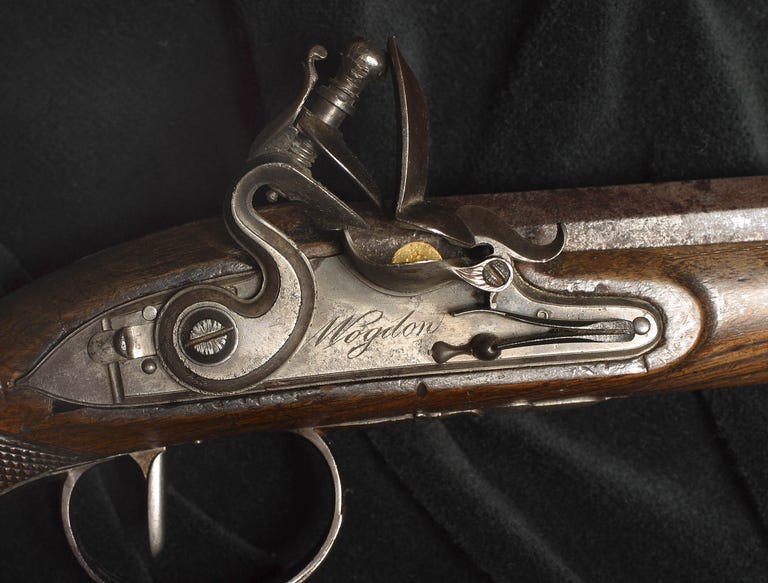
There were actually two of these English dual-flintlock pistols, and they were briefly on display in Washington DC’s famous postal museum. But they are currently owned by J.P. Morgan Chase & Co, and typically sit in their NY headquarters, far away from the public.
Napoleon’s penchant for gold
The most valuable sword ever to exist is 32 inches long and intricately detailed; with engravings on the hilt, blade, and sheath. The sword is made in the same style as Egyptian blades and is encrusted with gold.
Oh, and let’s not forget — it was owned and used by Napoleon Bonaparte.

The story behind the sword is almost as cool as the weapon itself. Many of the weapons from historical leaders have never actually seen battle — they were just ornaments or gifts. But this was the very same sword that Napoleon took into the Battle of Marengo.
As he typically did, Napoleon launched a surprise attack. He won the battle, and Austria ceded the entire of Lombardy to France. Napoleon made himself emperor, and gifted his trusty blade to his brother. It stayed in the family for two hundred years, until 2007 when this baby went up for auction.

Most experts thought the sword would sell for around $1.6 million. But as he proved throughout his life, Napoleon was not to be underrated. The sword sold to a private bidder for $6.4 million — 4x its estimated value.
The weapon is regarded as a French National Treasure. This means it can be sold to private bidders, but must reside in France for at least 6 months out of the year. France is very protective of its culture and often does stuff like this 🇫🇷
Given this blade’s prestige, I can’t imagine how much Napoleon’s diamond-encrusted coronation sword would be worth…

Closing thoughts
Owning a piece of war memorabilia can be so much more than an investment or a cool collectible.
The vast majority of militaria is owned by descendants of families and serves as a tangible legacy for some of the bravest humans on our planet. Awards like service medals carry great emotional significance, and tell stories about people that may have otherwise died out.
War tears apart lives, families, and nations, and should rarely be celebrated. But individual acts of heroism should never be forgotten. The pursuit of global peace is a long and arduous journey, and it is important to honor the sacrifices made along the way.
It’s morbid, but it’s history. And beyond the historical value, some military collectibles are good investments.












